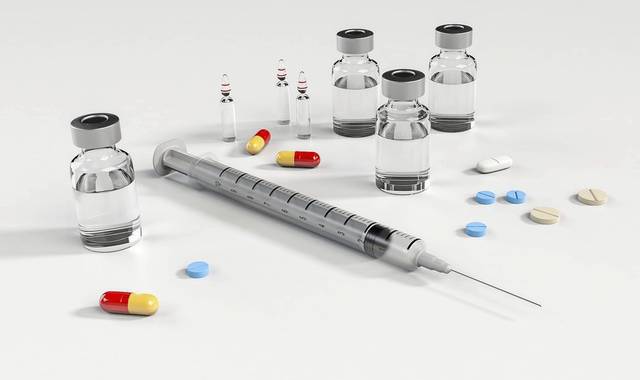Sandip Shah: Baby boomers should be wary of Medicare changes
Baby boomers are aging rapidly. Around 10,000 Americans celebrate their 65th birthday every day.
Unfortunately for these seniors, the government health care to which they’re entitled may put their lives at risk. That’s thanks to a new proposal from the Department of Health and Human Services that would impose price controls on certain medicines covered through Medicare.
HHS’s plan could save Uncle Sam a few dollars in the short run. But its long-term side effects would be far costlier for both the government’s budget and patients’ health.
The proposal impacts treatments covered through Medicare Part B. These are highly potent medications administered in doctors’ offices, including oral cancer drugs, infusions, vaccinations and IVs.
Currently, doctors purchase Part B drugs ahead of time and store them on site. Once physicians administer a treatment to patients, Medicare reimburses them the average sales price of that particular drug, plus a small markup to cover handling and administration costs.
Under HHS Secretary Alex Azar’s proposal, Medicare would instead reimburse doctors a flat fee for the drugs they administer. This reimbursement price would correspond to the average price of that drug in 14 benchmark countries, such as Canada, Japan and the United Kingdom.
The majority of these countries rely on artificial price controls to keep drug spending in check. By copying this model, HHS hopes to cut Medicare spending by as much as 30 percent.
Implementing price controls would harm American patients in a couple of ways.
First, artificially capping the cost of medicines will devastate access to quality health care providers. Indeed, it’s not just drug makers who will lose money — doctors would also see their reimbursement payments dwindle. Lacking resources, doctors won’t be able to care for America’s most vulnerable patients.
Consider what happened when the government tried cutting Medicare reimbursements in a 2013 pilot program. Eight in 10 oncologists said payment cuts impacted their practices after a single month. And half had to turn cancer patients away because of it.
Second, HHS’s plan would stall the medical advancement that benefits patients today — and paves the way for breakthrough cures for the patients of tomorrow.
Drug development isn’t easy. It takes about $2.6 billion and over a decade to develop a single drug. Scientists and investors need ample financial incentives to put money towards future medicines.
Price controls make development even harder than it currently is. Innovators won’t risk billions on pharmaceutical research if they don’t think they’ll recoup their upfront costs. And when pharmaceutical investments start drying up, so will new cures.
Right now, more than 4,000 medicines are under development in the United States. Among them are 1,120 possible cancer cures, 171 diabetes drugs and 85 potential treatments for Alzheimer’s.
America’s 133 million chronic disease patients — many of whom rely on Part B drugs to live normal lives — depend on new cures to manage their conditions. But without funds for research, these possible breakthroughs won’t turn into usable medicines.
In addition to undermining seniors’ health, the proposal would cost more money in the long run.
For starters, delayed access to medicine leads to costly, avoidable hospital stays. In fact, hospitalizations due to mismanaged conditions cost Medicare more than $5 billion a year. If HHS is really concerned with lowering costs and improving patient health, it should invest in more in preventative medical innovation.
Moreover, drug innovation actually lowers spending in the long run. Before the development of H2 blockers in the late 1970s, as one example, patients had to undergo costly and painful surgeries to treat ulcers. Today, thanks to decades of medical innovation, consumers can buy the drugs at their local pharmacies for just a few dollars — no operation needed.
If innovators were to invent a drug that could delay Alzheimer’s onset by just a few years, Medicare and Medicaid would save almost $220 billion a year by 2050.
HHS should look for better ways to keep seniors healthy in their homes. Not only would the new proposal sacrifice seniors’ care, it would cost more in the long run.
Remove the ads from your TribLIVE reading experience but still support the journalists who create the content with TribLIVE Ad-Free.

